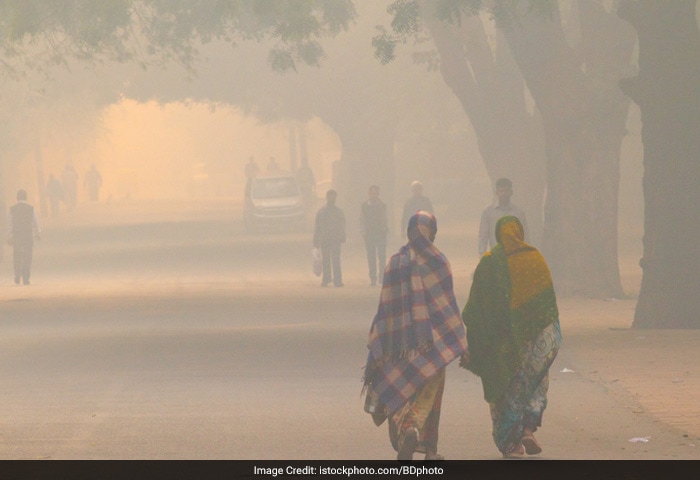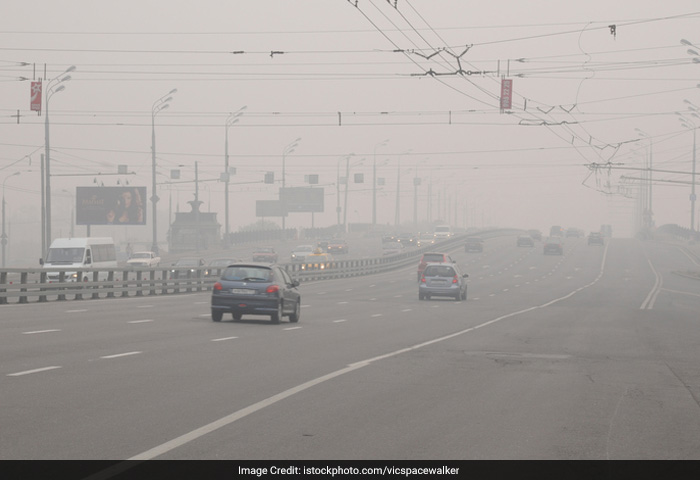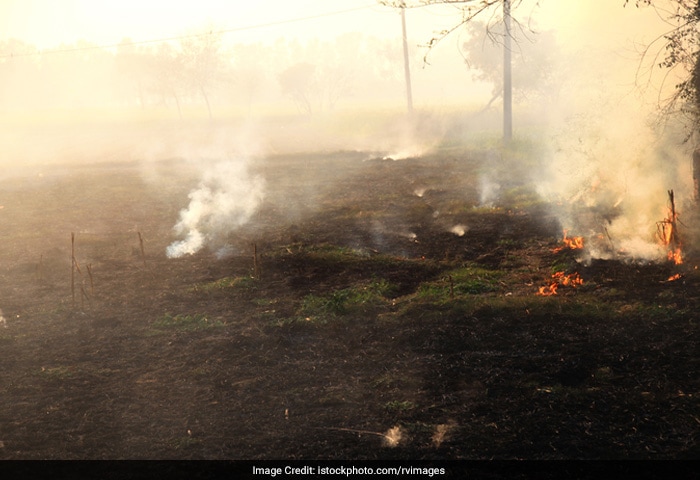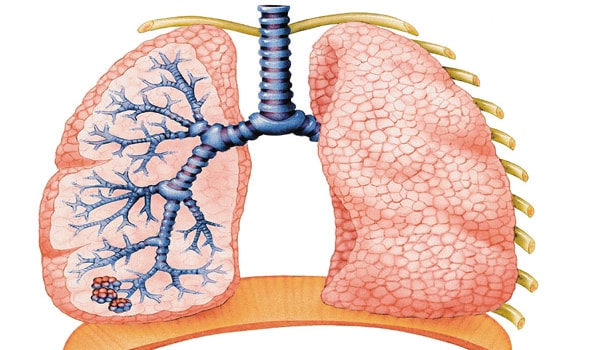Health Photos
-
Air pollution is caused by dust from tractors plowing fields, trucks and cars driving on dirt or gravel roads, rock quarries and smoke from wood and crop fires.
-
Tobacco smoke generates a wide range of harmful chemicals and is a major cause of ill health like cancer. It also leads to burning sensation in the eyes or nose, throat irritation, severe asthma and improper lung function.
-
Biological pollutants are mostly allergens that can cause asthma, hay fever, and other allergic diseases.
-
Volatile compounds can cause irritation of the eye, nose and throat. In severe cases there may be headaches, nausea, and loss of coordination.
-
Formaldehyde is an intermediate in the oxidation of methane as well as other carbon compounds, e.g. forest fires, in automobile exhaust, and in tobacco smoke. Its exposure causes irritation to the eyes, nose and may cause allergies in some people.
-
Prolonged exposure of lead can cause damage to the nervous system, digestive problems, and in some cases cause cancer. It is especially hazardous to small children.
-
Ozone gas makes our eyes itch, burn, and water and it has also been associated with increase in respiratory disorders such as asthma. It lowers our resistance to colds and pneumonia.
-
Oxides of nitrogen can make children susceptible to respiratory diseases in the winters.
-
It combines with hemoglobin to lessen the amount of oxygen that enters our blood through our lungs. The binding with other harem proteins causes changes in the function of the affected organs such as the brain and the cardiovascular system, and also the developing foots. It can impair our concentration, slow our reflexes, and make us confused and sleepy.
-
Sulphur dioxide (SO2) in the air is caused due to the rise in combustion of fossil fuels. It can oxidize and form sulphuric acid mist. SO2 in the air leads to diseases of the lung and other lung disorders such as wheezing and shortness of breath.
-
Suspended matter consists of dust, fumes, mist and smoke. The main chemical component of SPM that is of major concern is lead, others being nickel, arsenic, and those present in diesel exhaust. These particles when breathed in, lodge in our lung tissues and cause lung damage and respiratory problems.




























